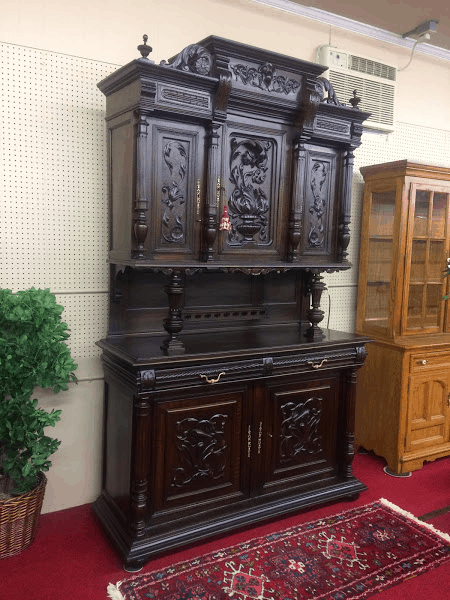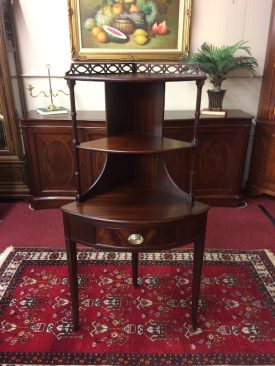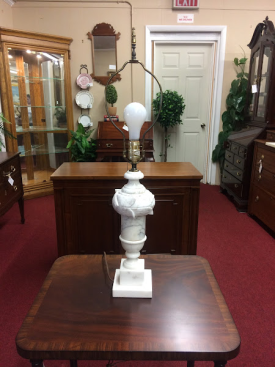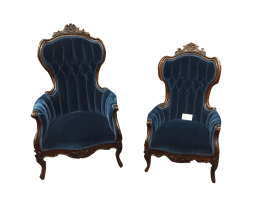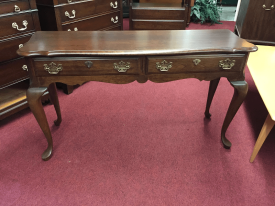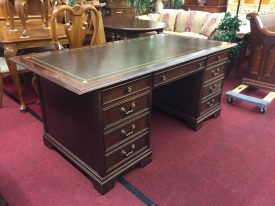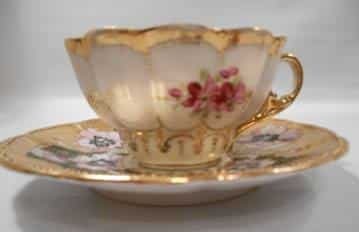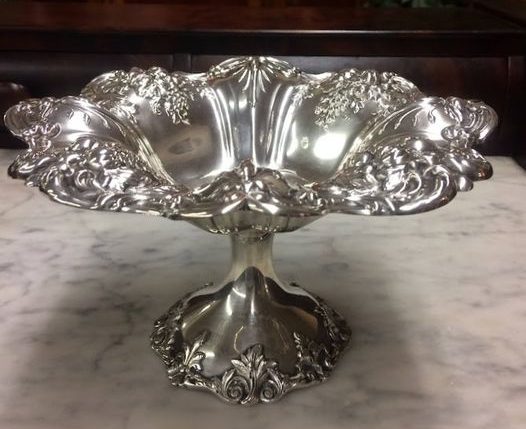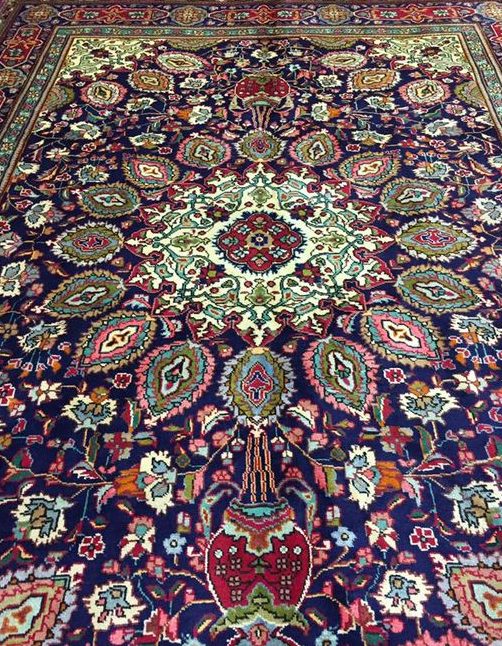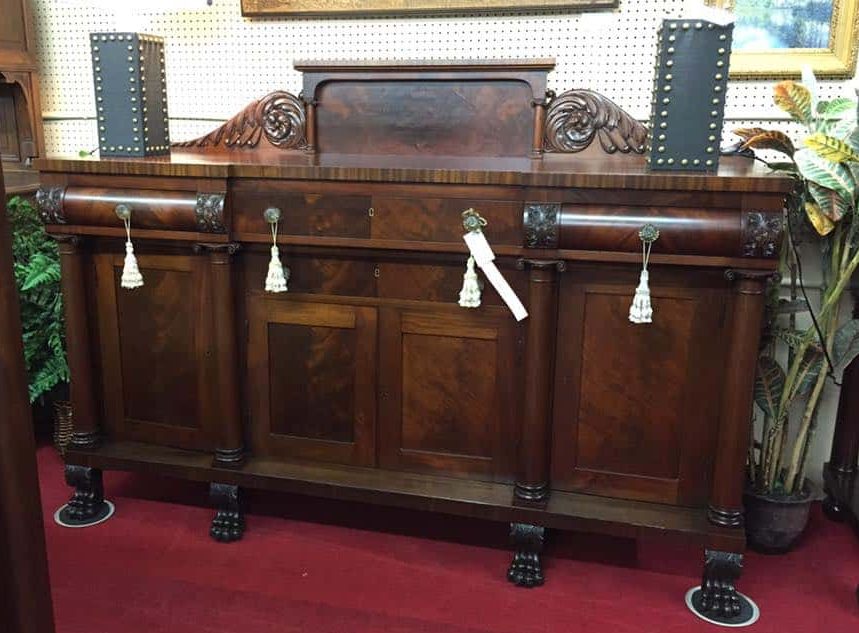Antique furniture can be a valuable investment, but determining its worth can be a challenge. There are several factors that can impact the value of antique furniture, including its age, condition, rarity, provenance, and style. In this article, we’ll explore each of these factors in more detail to help you determine how much your antique furniture may be worth.
Age and Rarity.
Age and rarity are two of the most important factors that can impact the value of antique furniture. Generally speaking, the older an item is, the more valuable it is likely to be. However, rarity can also play a significant role in determining value. If a piece of furniture is rare or unique, it may be worth more than a similar item that is more common. Keep in mind that rarity can be influenced by a variety of factors, including the materials used, the style of the piece, and the region in which it was made.
Condition and Quality of Materials.
The condition of the furniture and the quality of the materials used are also important factors that can affect its value. Furniture that is in excellent condition, with no major damage or repairs, will generally be worth more than furniture that is in poor condition. Additionally, furniture made from high-quality materials, such as solid wood or fine fabrics, will typically be more valuable than furniture made from cheaper materials. Keep in mind that the condition and quality of materials can also be influenced by the age of the furniture, as older pieces may have more wear and tear.
Historical Significance and Provenance.
Historical significance and provenance are two important factors that can greatly affect the value of antique furniture. If a piece of furniture has a notable history or was owned by a famous person, it can greatly increase its value. Provenance, or the documented history of ownership, can also add value to a piece of furniture. For example, if a piece of furniture can be traced back to a famous maker or a specific time period, it can be worth more than a similar piece with an unknown history.
value of antique furniture
The style and design of antique furniture can greatly impact its value. Certain styles, such as Queen Anne or Chippendale, are highly sought after by collectors and can command a higher price. Additionally, unique or rare designs can also increase the value of a piece. Furniture that features intricate carvings, inlays, or other decorative elements can be worth more than simpler designs. However, it’s important to note that condition and authenticity also play a role in determining the value of antique furniture.
Market Demand and Trends.
The market demand and trends for antique furniture can greatly affect its value. If a particular style or era of furniture becomes popular among collectors, the value of pieces from that time period may increase. On the other hand, if a certain style falls out of favor, the value of those pieces may decrease. It’s important to stay up-to-date on current market trends and demand when buying or selling antique furniture.

